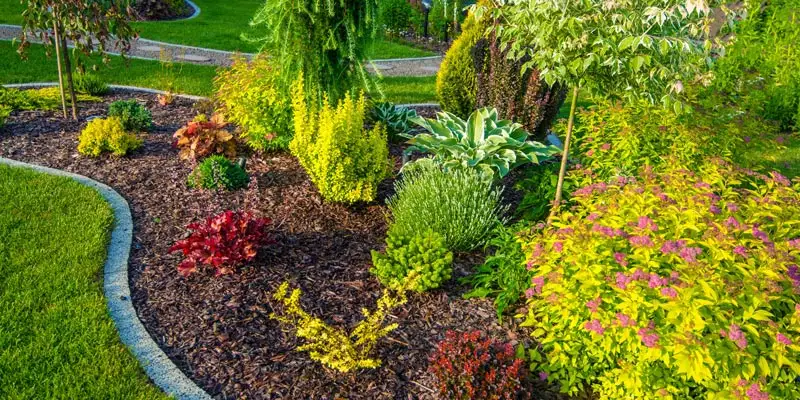What Does Landscape Design Do?
Table of ContentsGetting The Landscape Design To WorkThe 8-Second Trick For Landscape DesignLandscape Design for BeginnersWhat Does Landscape Design Mean?
When making a household landscape, the most essential step is to put an intend on paper. Developing a master plan will certainly save you money and time and is most likely to cause an effective design. Landscape Design. A plan of attack is developed via the 'design procedure': a step-by-step method that takes into consideration the ecological conditions, your desires, and the aspects and principles of styleThe 5 actions of the style process include: 1) conducting a site inventory and analysis, 2) determining your demands, 3) creating useful diagrams, 4) creating conceptual layout plans, and 5) drawing a last style plan. The first 3 steps establish the visual, functional, and horticultural demands for the design. The last two steps then apply those requirements to the production of the final landscape plan.
This is a crucial step for both plant option and placement and situating family activities and functions. It's vital due to the fact that the very same climate conditions that affect the plantstemperature, humidity, rainfall, wind, and sunlightalso influence you, the user. The next step is to make a checklist of your requirements and desiresthis aids you identify exactly how your yard and landscape will be made use of.
The practical diagram is then made use of to find the activity rooms on the site and from this diagram a theoretical plan is established - Landscape Design. The last step is a final style that includes all the hardscape and growing information that are required for setup. Throughout the design procedure there are ten important points to consider: for plant choice and activity location by considering what you desire and need to help establish shapes and organize spaces by assigning activity locations and relating to aspects for both the setting and the individual by using massing and layering methods such as transition locations and focal points in the products, the colors, and the surface area structures for the development and maintenance of plants by utilizing sustainable layout methods A comprehensive inventory and analysis of the site is very important to figure out the ecological problems for plant development and the ideal usage of the site
Indicators on Landscape Design You Should Know
It is constantly best to make use of plants that will certainly grow in the existing soil. Where plants grow well, note the soil conditions and utilize plants with similar expanding needs.

Sun/shade patterns, the quantity and size of exposure to sun or shade (Number 1), develop microclimates (often called microhabitats). Recording website conditions and existing vegetation on a base map will certainly disclose the location of microclimates in the backyard. Plants generally fall under 1 or 2 of 4 microclimate categories-full sunlight, partial shade, color, and deep color.
Number 1. Sunlight and shade patterns. Credit: Gail Hansen, UF/IFAS It is important to note all the status quo on an accurate base map when doing the website supply (Number 2). Landscape Design. Energies such as high-voltage line, sewage-disposal tanks, visit their website below ground energies and roofing overhangs determine plant place. Make use of a property surveyor's plat of your property for the boundaries and location of your home.
Landscape Design Things To Know Before You Get This
Determine the time and money you are prepared to put into preserving the plants and hardscape-be sensible regarding your intents and ability. Suggested use areas. Credit Report: Gail Hansen, UF/IFAS There are numerous various landscape layout motifs- from basic to complex, however it is practical to pick one browse around these guys to assist your plant and material option.

Determine if you wish to open your backyard, close your yard, or a little of both, to these sights. In other words, do you want the yard to enclose the area around you and relate mainly to the residence, or do you want the yard to open sights and look external, associating with the surroundings? This will certainly give you a beginning point to consider a theme.
The Best Guide To Landscape Design

This is called "local color", which indicates it fits with the environments. There are both kind motifs and design motifs. Every yard should have a kind theme, but not all yards have a style motif. Several household yards have no certain check my site design other than to mix with the residence by duplicating information from the architecture such as products, shade, and type.
In a type style the company and form of the rooms in the lawn is based either on the form of the house, the shape of the locations in between the home and the residential property boundaries, or a favored shape of the house owner. The form style identifies the shape and company (the design) of the spaces and the links in between them.
